In the world of surgical supplies, some of the most critical components are the ones you never see. One such unsung hero is polyester laid scrim – a thin, net-like fabric that often lies hidden inside surgical gowns, drapes, wound dressings, and sterilization wraps.
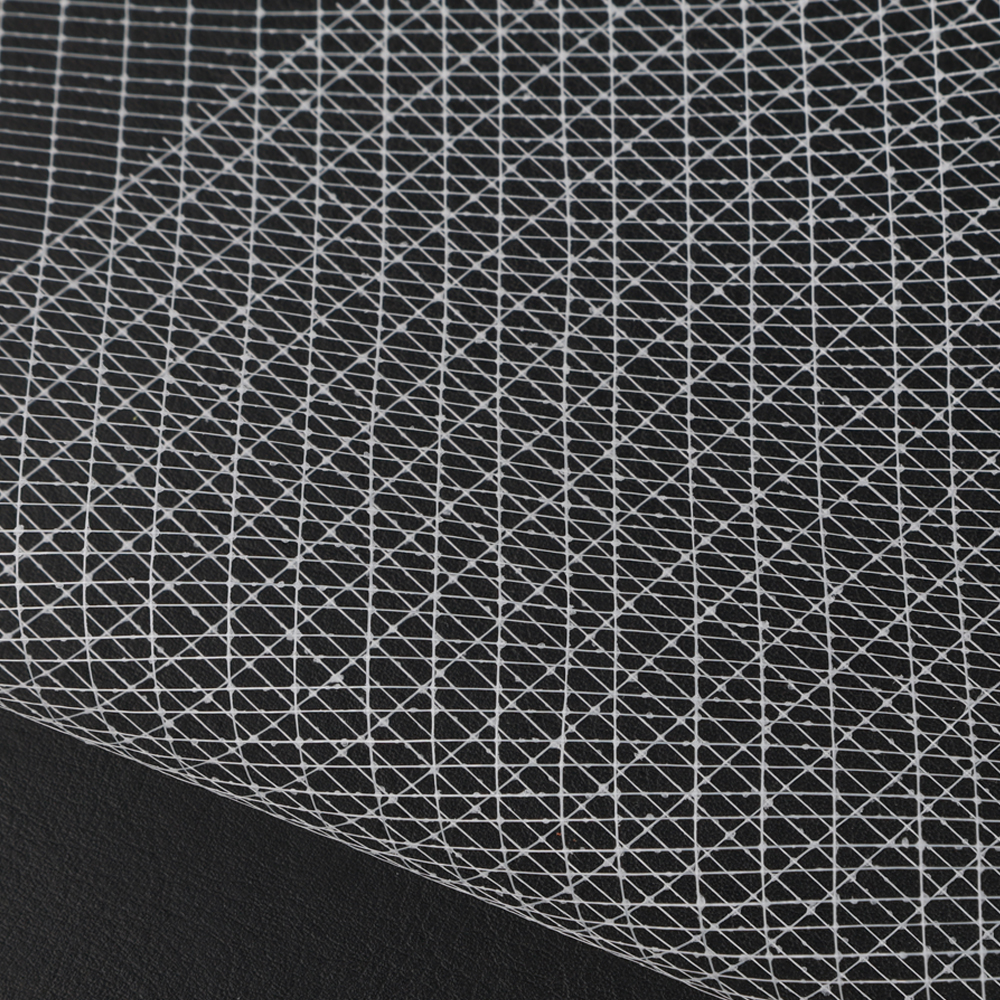
This material plays a quiet but vital role in keeping these products strong, flexible, and safe. If you’ve ever wondered why a disposable surgical gown doesn’t tear easily, or how a delicate-looking sterilization wrap can hold together under stress, the answer often lies in the reinforcing power of polyester scrim. In this article, we’ll briefly explain what polyester laid scrim is and why it’s so useful in medical and surgical environments.
What is Polyester Laid Scrim
Polyester laid scrim is a type of reinforcing fabric made from polyester fibers arranged in an open grid pattern. Unlike traditional fabrics that are woven, scrim fibers are laid out in parallel rows and columns and then bonded at the crossover points. It can also lie straight and can even be set at various angles if needed, the outcome is a lightweight mesh that is surprisingly strong for its weight which makes it an excellent choice for scrim used in medical products.
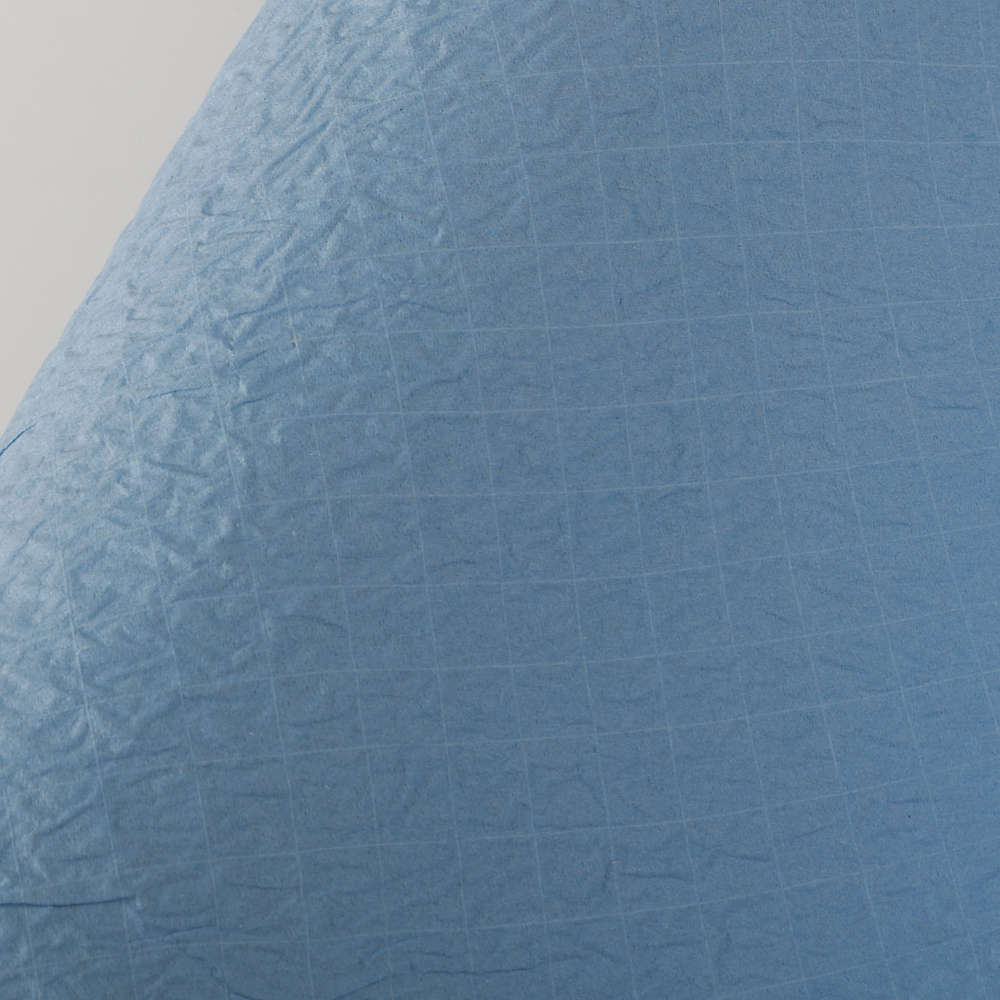
Scrim can be produced quickly and with fibers oriented precisely to give strength in the desired directions. It was originally developed as a reinforcement layer for packaging materials, but its usefulness has turned out to be much broader. Today, polyester scrim is found reinforcing all sorts of products – especially in healthcare, where strength and cleanliness are paramount.
The final product of the polyester laid scrim might be almost invisible in the final product, but the properties it imparts are critical. Despite its gossamer appearance, scrim adds significant tensile strength. It’s also flexible and thin, which means a gown or drape reinforced with scrim can still drape smoothly and conform to shapes. The scrim moves with the material, allowing flexibility without sacrificing integrity. Moreover, it is generally inert and safe for external-use medical applications. It won’t react with skin or wound tissue, which is why it’s even used inside wound dressings. To sum up, it essentially reinforces medical products much like steel rebar reinforces concrete – without making them bulky or rigid.
Applications in Surgical Products
The polyester laid scrim secretly hidden inside the product, its very characteristics allows disposable items to perform much stronger. We will now demonstrate some of the products’ main purpose on medical application.
Reinforced Surgical Gowns and Caps
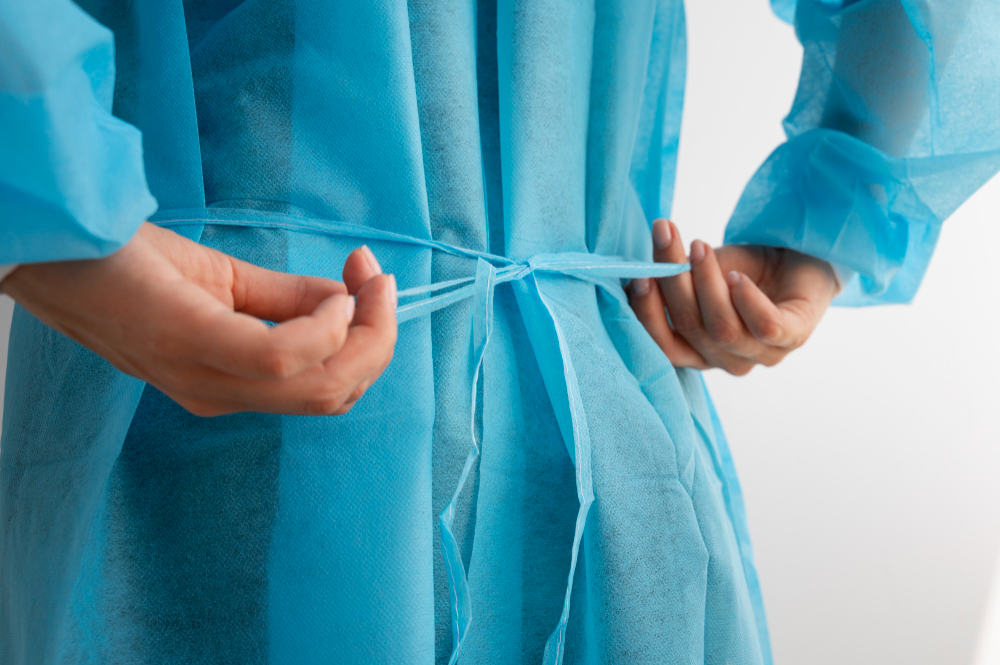
Many disposable surgical gowns use polyester scrim inside to boost their strength. For example, a common design is a multi-layer gown made of two plies of soft tissue paper with a scrim netting in between. In surgical settings, gowns must withstand movement, pulling, and the stress of putting them on and taking them off without ripping. The scrim reinforcement makes this possible even though the gown material is very light.
Wound Dressings and Bandages
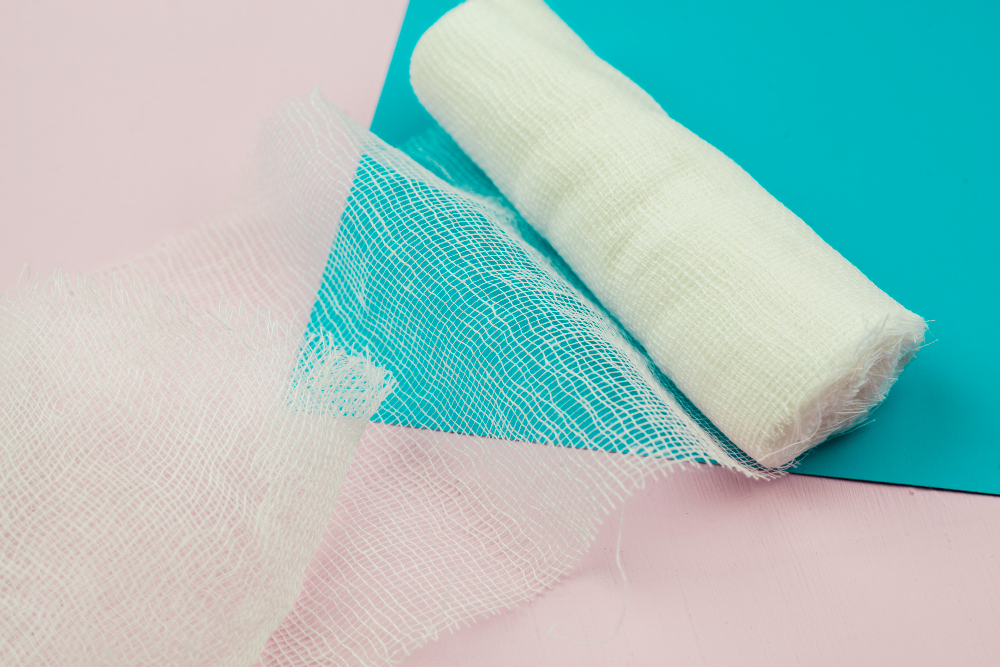
Polyester scrim even finds its way into wound caring products. n some wound dressings – especially non-adherent pads and advanced dressings – a fine polyester scrim is used to reinforce the structure. It ensures that when you peel the dressing off, it comes off in one piece instead of falling apart. It also helps prevent any fibers or fragments from the dressing from shedding into the wound. In practical terms, a scrim-reinforced dressing can be both breathable and strong enough not to tear when saturated with fluids.
Sterilization Wraps and Packaging

Before surgical instruments ever reach the operating table, they have to be sterilized and kept sterile. Sterilization wraps are sheets used to wrap instrument trays before they go into an autoclave or sterilizer. These wraps must be durable enough to hold together through handling and sterilization, yet porous enough to let the sterilizing agent penetrate. Polyester scrim is frequently used to reinforce such wraps. Often, a sterilization wrap might be made of a special medical-grade paper or a nonwoven fabric, with a hidden scrim layer laminated inside for strength. A scrim-reinforced wrap will resist punctures and tears, ensuring that the surgical tools stay safely enclosed in a sterile environment until use.
Additionally, surgical tray liners and towels for drying instruments or hands after scrubbing may use polyester scrim. The scrim lets the towel handle wetness without disintegrating, providing both high absorbency and high wet strength. Therefore the towel can be used to thoroughly dry hands while leaving behind virtually no lint and remaining intact to be discarded properly.
In sterilization and packaging, the scrim’s role in infection control is to maintain the sterile barrier: a wrap that doesn’t tear keeps bacteria out of sterilized instruments, and a towel that doesn’t shed ensures that no stray fibers get onto instruments or surgical sites. Because polyester scrim itself can be manufactured in a clean, traceable manner, it supports the strict hygiene standards of medical products.
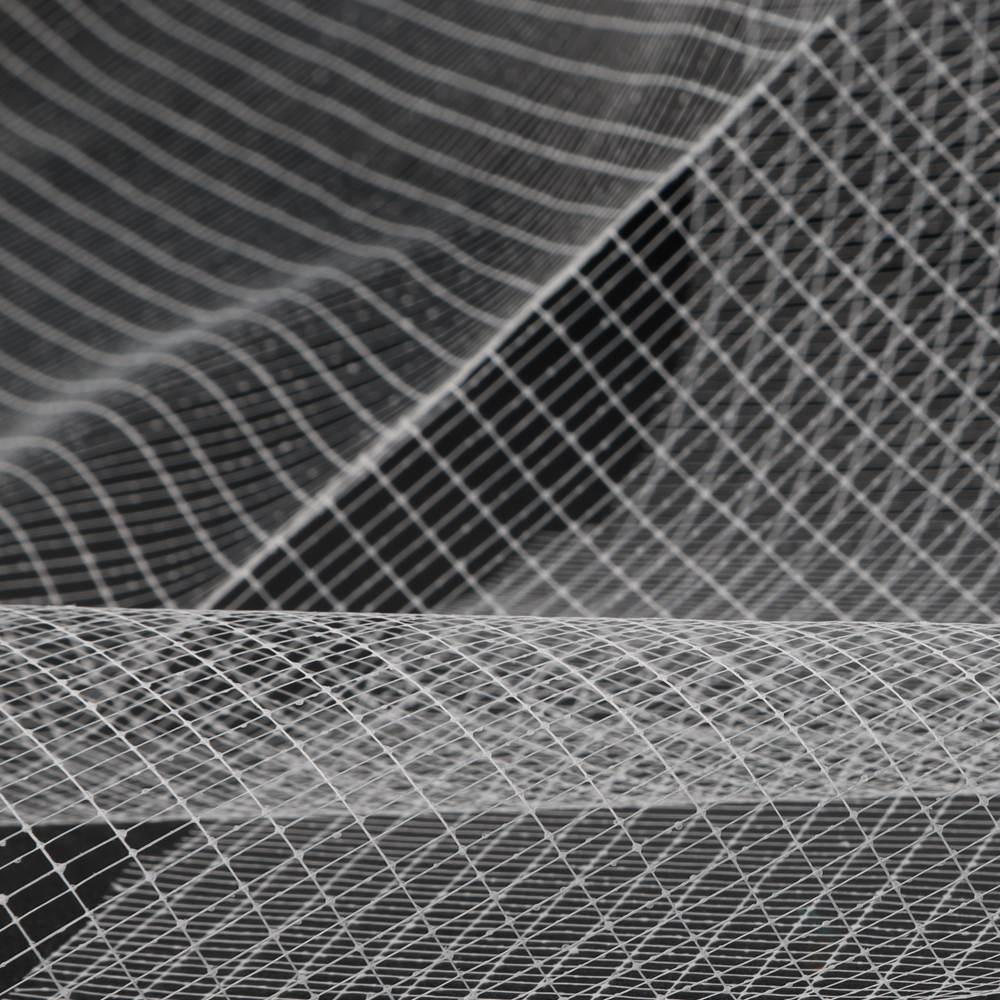
From surgical gowns to wound dressings, polyester laid scrim is truly a hidden hero in healthcare. This unassuming mesh provides strength, flexibility, and reliability to materials that would otherwise be too flimsy for the demands of surgery. Its polyester makeup means it’s compatible with sterilization and remains stable under wet or stressful conditions. By reinforcing surgical products, polyester scrim helps maintain sterility, ensures product integrity and improves overall performance in the surgical setting.
